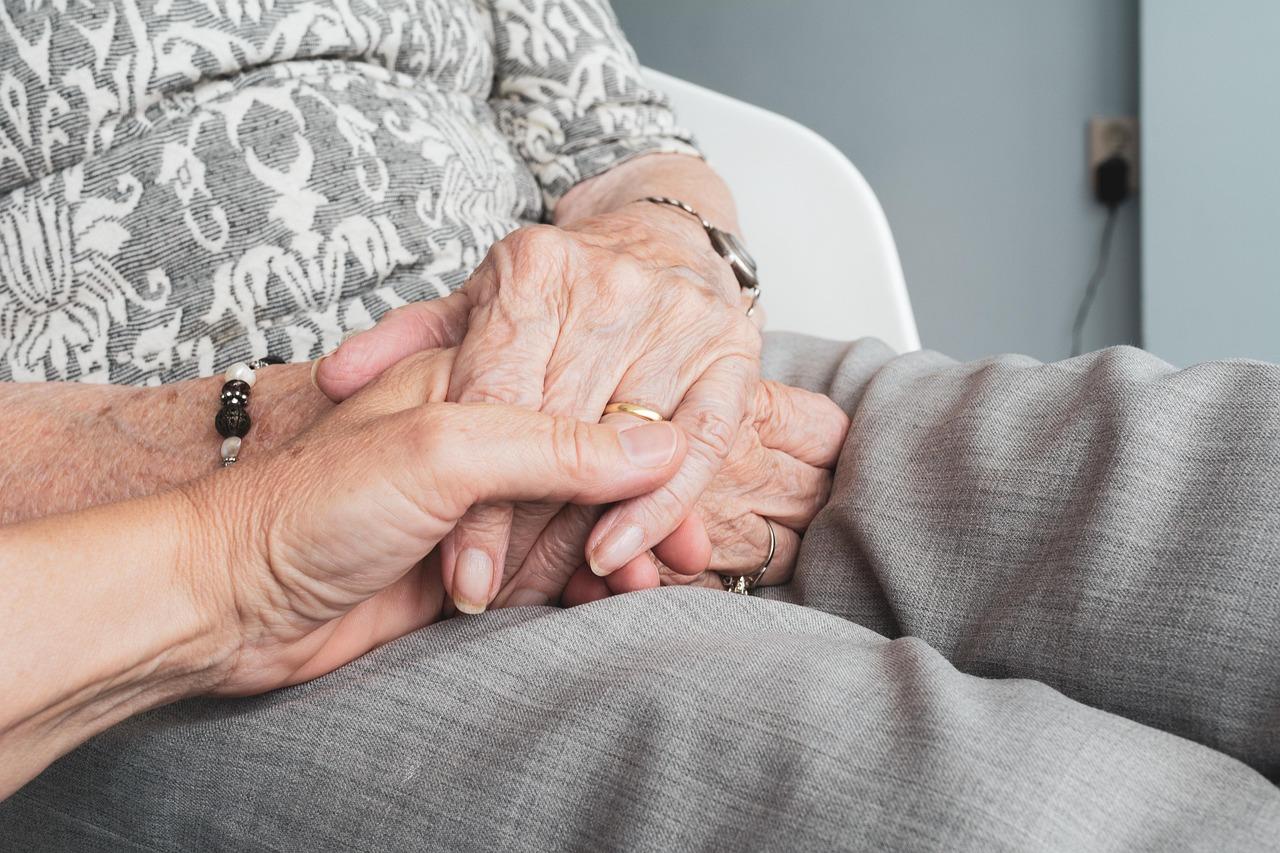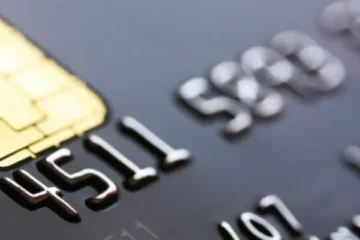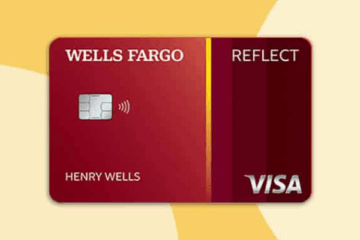How to create an emergency fund even with an average income: a practical guide to protecting your financial future
When we think about financial stability, one of the first concepts that comes to mind is an emergency fund. It is essential for dealing with unforeseen events, avoiding unnecessary debt, and even giving you more peace of mind in your daily life. But many people believe that it is only possible to have an emergency fund if you have a high income. In this video, we will prove that this is not true!
Advertising
The truth is that, regardless of how much you earn, it is possible to start building an emergency fund and protect your financial future. We will show you, step by step, how to do this, even if your income is currently considered average.
Why is an emergency fund so important?
Advertising
Before we get to the practical part, let’s understand why it’s important to have an emergency fund. It acts as a financial cushion that will help you deal with unexpected expenses, such as health problems, car repairs, or even job loss.

Without an emergency fund, these situations can turn into debt, as most people end up resorting to loans or credit cards, which generate interest and can snowball. Having a reserve fund makes all the difference in keeping your finances in order and avoiding financial stress.
Advertising
How much do you need to save?
That’s the first question that comes to mind: how much money should I have in my emergency fund? The general recommendation from experts is to have three to six months of your monthly living expenses saved.
For example, if all your essential expenses (rent, bills, food, transportation) add up to $2,000 per month, the ideal would be to have between $6,000 and $12,000 in your emergency fund.
But don’t worry! This number may seem large at first glance, especially if you have an average income. The good news is that you don’t have to have all that money at once. The idea is to start small and gradually build up this fund.
Step 1: Find out your cost of living
The first step is to know exactly how much you spend each month. Grab a pen and paper or use a spreadsheet and write down all your fixed and variable expenses. Include everything: rent or mortgage, electricity, water, gas, phone, internet, food, transportation, and even leisure activities.
This organization is essential for you to understand the real size of your cost of living and thus calculate your emergency fund goal.
Step 2: Set your initial goal
If the total amount of the emergency fund seems too far away, how about starting with a more realistic goal? For example, having one month’s expenses saved.
Following the previous example, if your cost of living is $2,000, the first step may be to save that $2,000. Once you reach that amount, move on to the next month, and so on.
Setting smaller goals will help you stay motivated and not give up halfway.
Step 3: Automate your deposits
One of the biggest challenges of saving is remembering to set aside money every month. Therefore, a great tip is to automate this process.
Set up an automatic transfer from your salary to a separate account specifically for your emergency fund. As soon as the money hits your account, part of it will go straight to the fund without you having to think too much about it.
This strategy works because it removes the temptation to spend before saving. It’s the famous “pay yourself first” approach.
Step 4: Find ways to save money in your daily life

If you have an average income and find it difficult to save money, it’s time to rethink some of your expenses. Here’s where you can save money:
Review subscriptions and services: many of us have several subscriptions that we no longer use, such as streaming platforms or digital magazines. Cancel the ones you don’t use.
Compare prices before buying: use apps and websites that help you find the best prices.
Avoid impulse purchases: whenever you want to buy something that isn’t essential, wait a few days. Often, you’ll realize you don’t need that item.
Take your lunch to work: eating out every day weighs heavily on your budget. Preparing meals at home can generate significant savings.
Step 5: Earn extra money, if possible
If you find it difficult to save money even when you’re economizing, it may be time to look for extra income. There are several ways to supplement your income, even if it’s just for a few hours a week:
Freelancing and odd jobs: use your skills to offer services such as design, writing, or even private lessons.
Selling products: handmade products, reselling clothes or accessories.
Transportation or delivery apps: depending on your free time, it may be worth it.
Every extra dollar you earn can go into your emergency fund.
Where to keep your emergency fund?
Many people have questions about where to keep this money. The main tip is: it needs to be in a safe and easily accessible place, but also earn some interest.
High-yield savings accounts, such as those available at many banks in the US, are a great option. They usually offer higher interest rates than traditional checking accounts, and you can withdraw money whenever you need it.
Avoid investing this money in stocks or long-term funds, because they fluctuate and you may need the money when the market is down.
The importance of discipline and patience
Building an emergency fund requires discipline and patience. It won’t happen overnight, but every small deposit you make is a step toward your financial security.
Remember: the goal is not just to save money, but to have more peace of mind. Knowing that you are protected against unforeseen events makes all the difference in sleeping better at night and living in the present with more ease.
Adapt the fund to your reality
Another important point: your emergency fund should be adapted to your life. If you have children, for example, it may be a good idea to have a slightly larger fund, as expenses can arise unexpectedly.
If you have a very stable job, a three-month fund may be sufficient. But if you are self-employed, it may be safer to have a six-month fund or more.
Avoid using the fund for other things
After all the effort to build the fund, you need to have the discipline not to touch it unnecessarily. The emergency fund should only be used for situations that are truly beyond your control, such as health problems, unemployment, or domestic emergencies.
For other goals, such as travel or high-value purchases, create a separate savings account.
See also: Financial tips for your life.
Your emergency fund is your security
Building an emergency fund, even on an average income, is one of the best ways to take care of yourself and your loved ones. It not only protects your finances but also gives you the freedom to make more informed choices in the future.
Start today, even if it’s only $10, $20, or $50 a month. The important thing is to take the first step. Over time, you will see that this effort will be worth it and will give you much more peace of mind and financial stability.
If you liked these tips and want to see more content that will help you take good care of your money, subscribe to the channel and activate the bell so you don’t miss any videos. See you next time!





